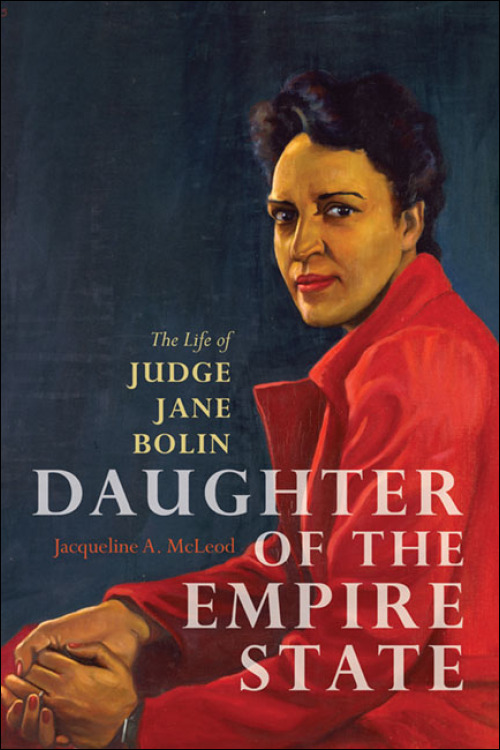Empire, Race, and the Debate over the Indian Marriage Market in Elizabeth Hamilton’s Memoirs of Modern Philosophers (1800)Posted in Articles, Literary/Artistic Criticism, Media Archive, United Kingdom on 2014-03-31 17:49Z by Steven |
Eighteenth-Century Fiction
Volume 26, Number 3, Spring 2014
pages 427-454
DOI: 10.1353/ecf.2014.0004
John C. Leffel, Assistant Professor of English
State University of New York, Cortland
In the late eighteenth century, East India Company stations were characterized as marriage “bazaars” in which Englishwomen were traded like any other merchandise. Women at the centre of such trafficking were depicted as complicit in their own commodification. In the face of such pervasive negative stereotyping, women returning to Britain after time spent on the subcontinent often found themselves ridiculed and shunned. In this article, I explore how author Elizabeth Hamilton (1758–1816) responded to this potent imperial stigma. She absorbed and perpetuated popular negative stereotypes regarding these matrimonial “speculators” in her own writing, but in her second novel, Memoirs of Modern Philosophers (1800), she subtly recalibrated her stance, in ways that illuminate the changing tenor of Anglo-Indian social, political, and sexual relations. By the turn of the nineteenth century, burgeoning discourses of racial difference and the perceived threat of sexual “miscegenation” in the empire became thoroughly entwined with debates regarding the “Indian marriage market” and female emigration.
